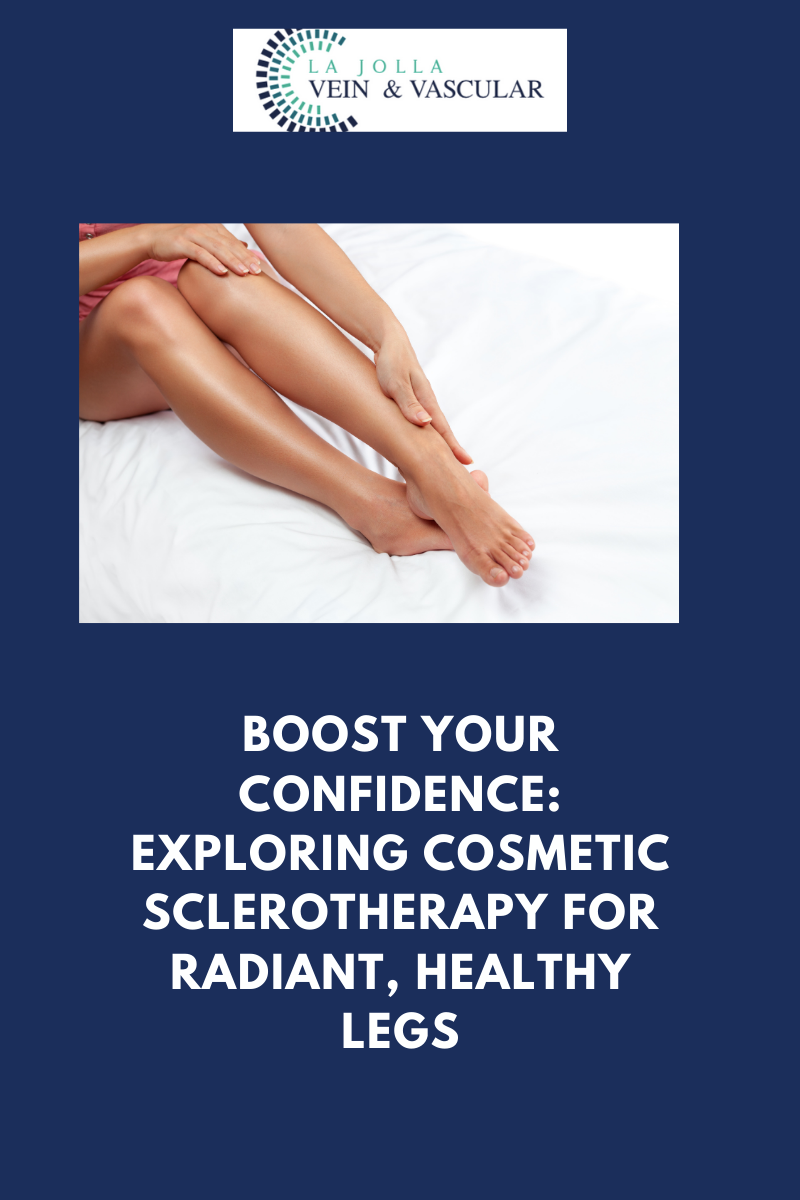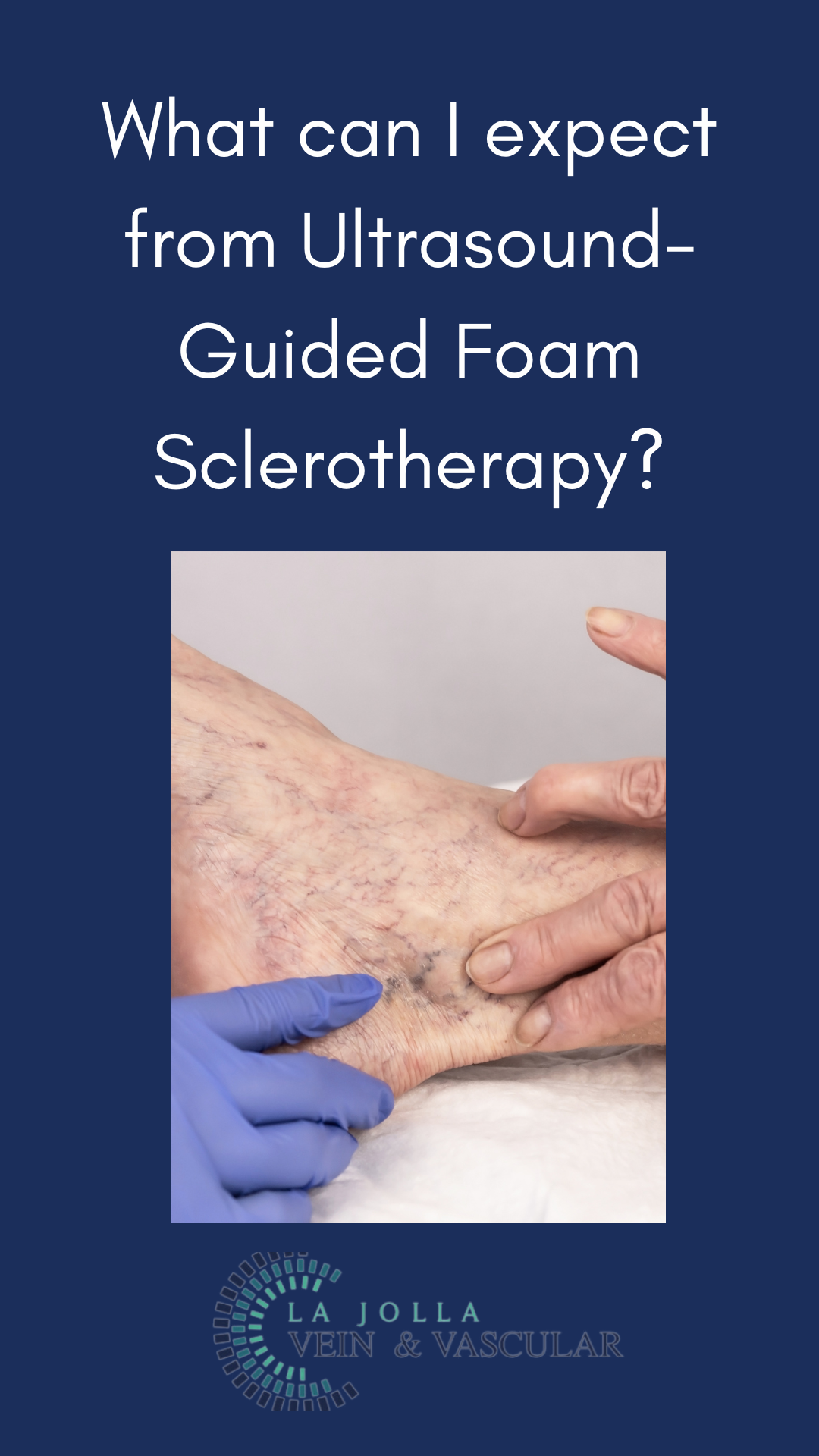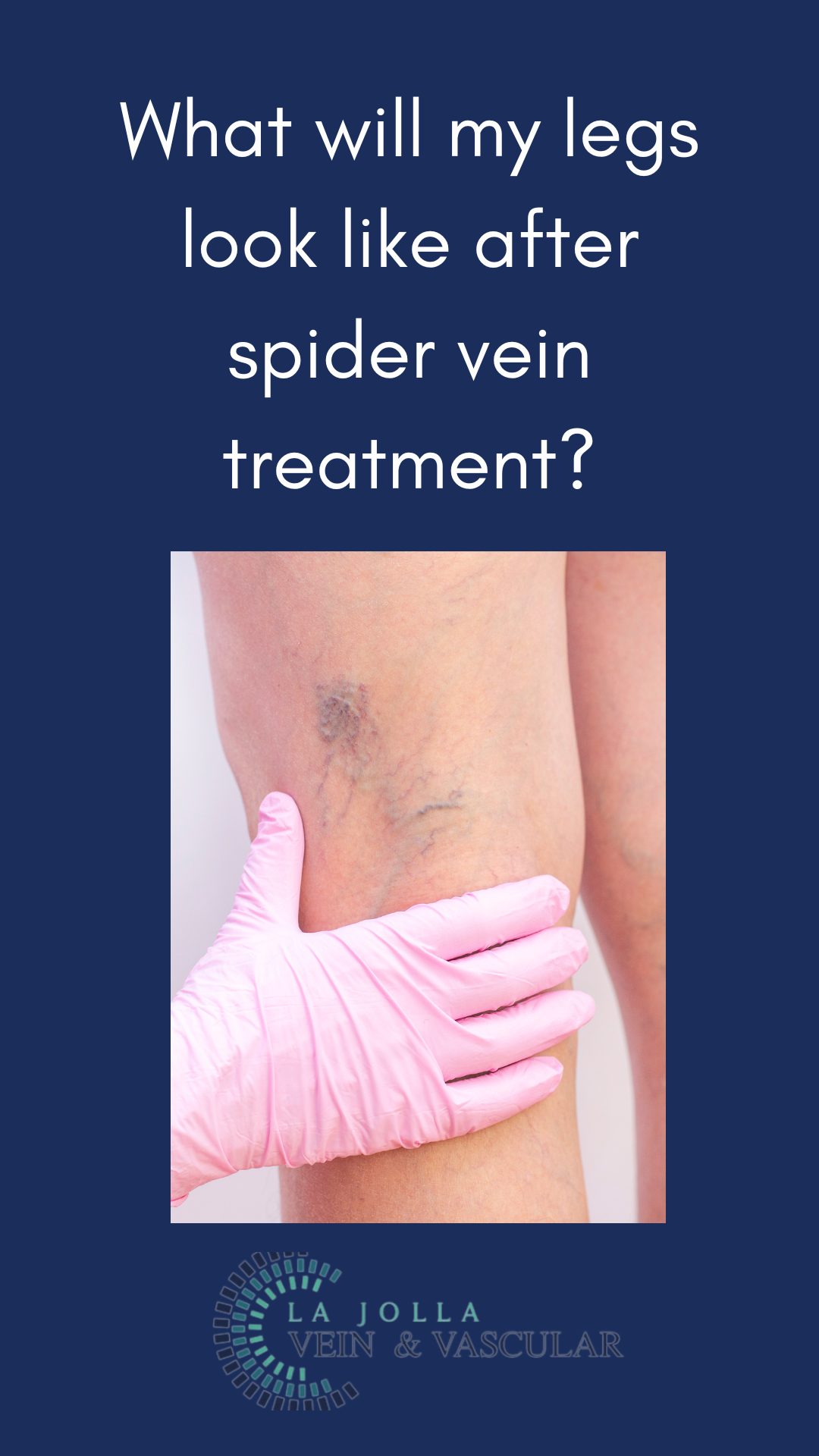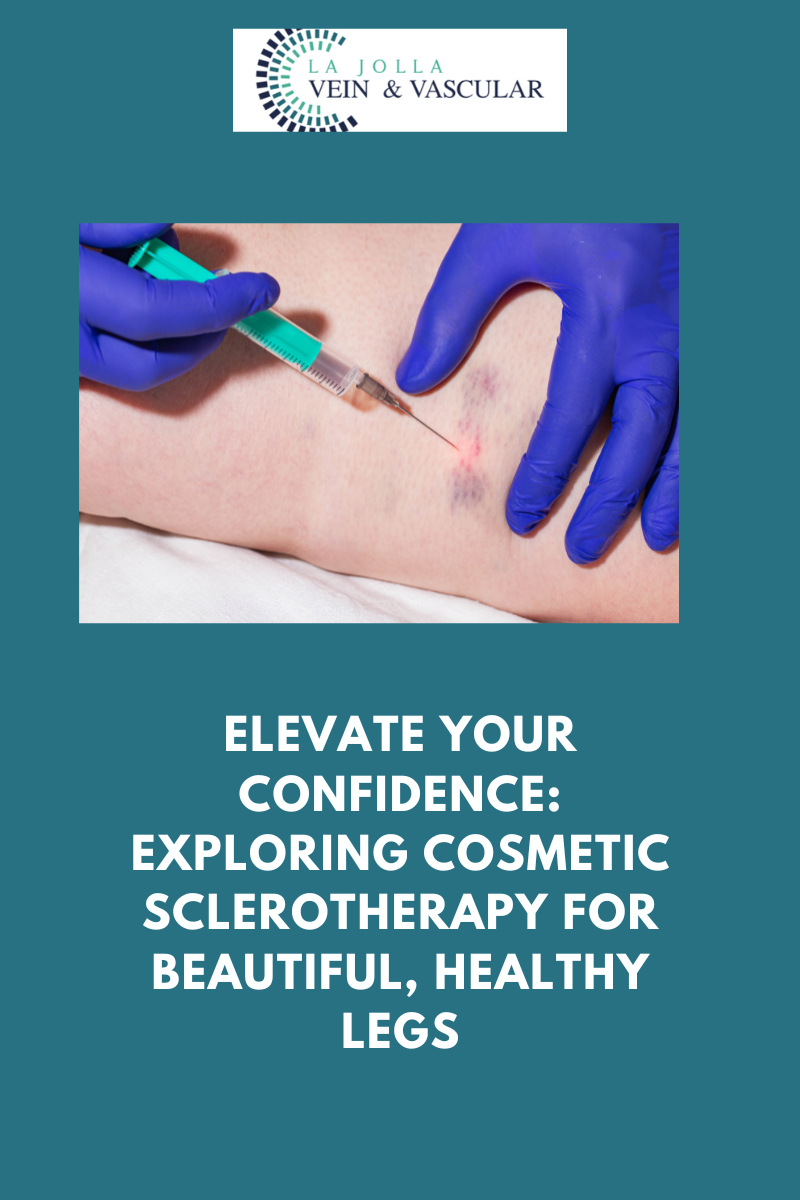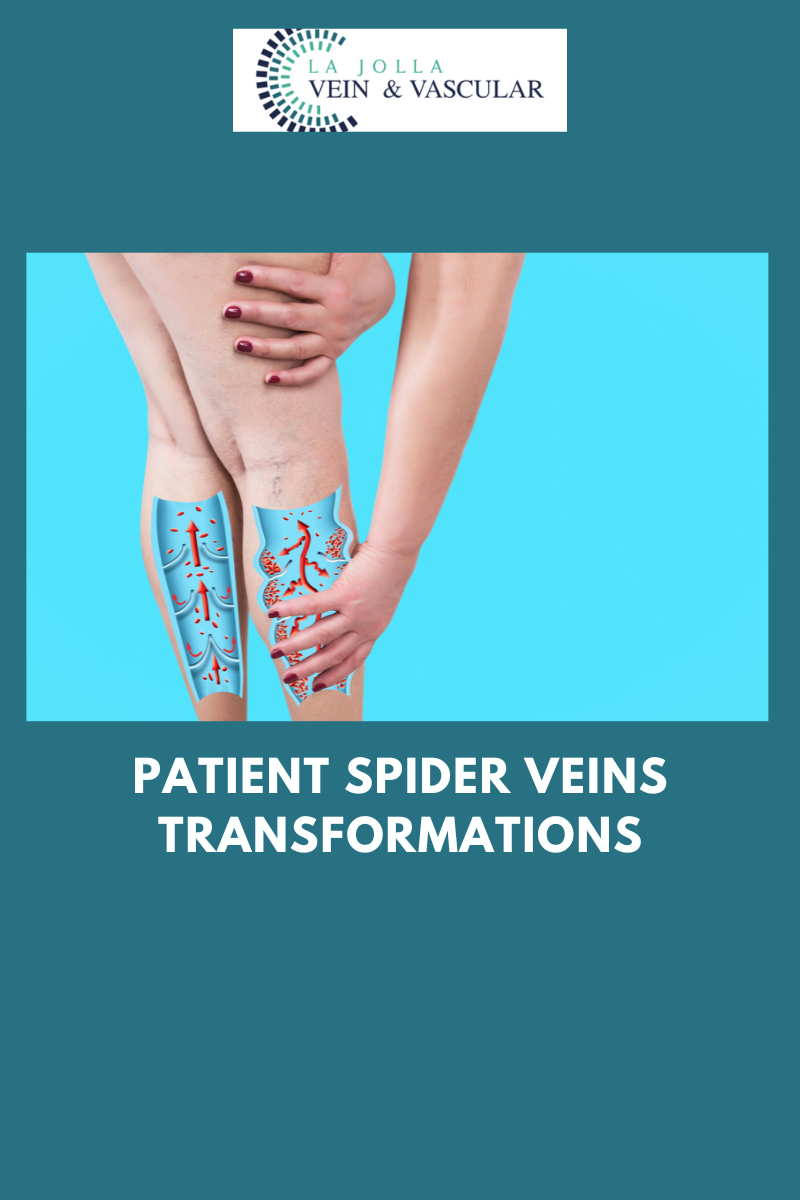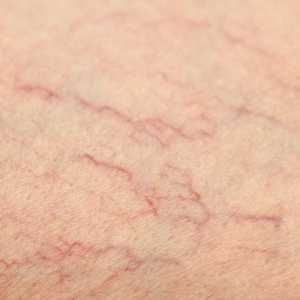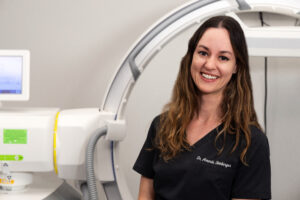Spider vein transformations of our patients
LJVascular2024-06-10T22:55:36-07:00Spider veins, those delicate reddish veins adorning the skin’s surface, may hold more significance than mere cosmetic appearance. In this blog post, we’ll uncover the essence of spider veins, exploring their symptoms, delving into their underlying causes, and emphasizing the importance of effective treatment.
Learning More About These Veins
Spider veins, often referred […]


